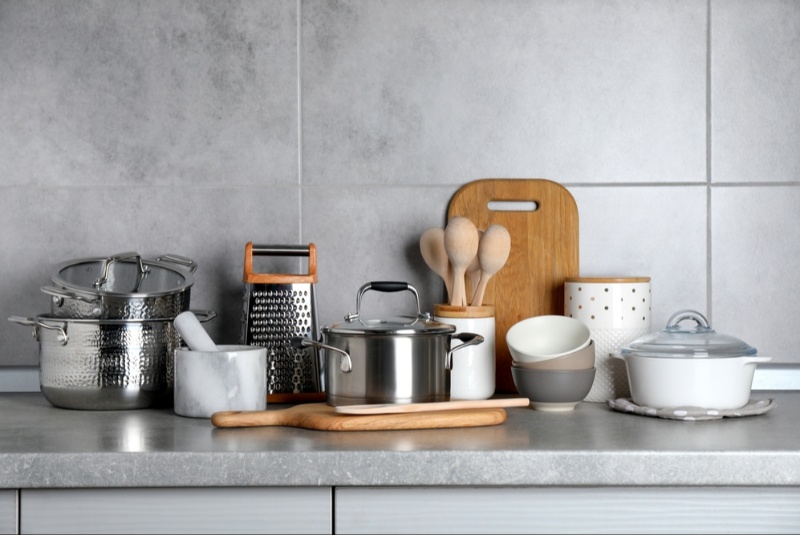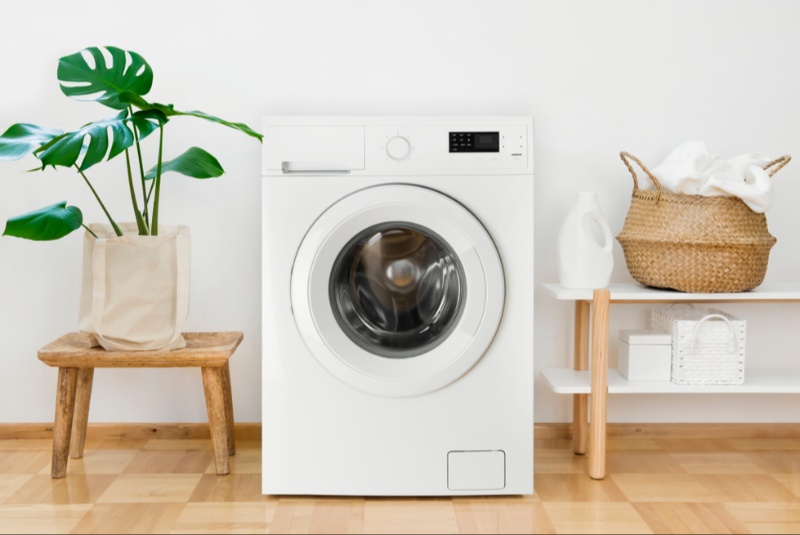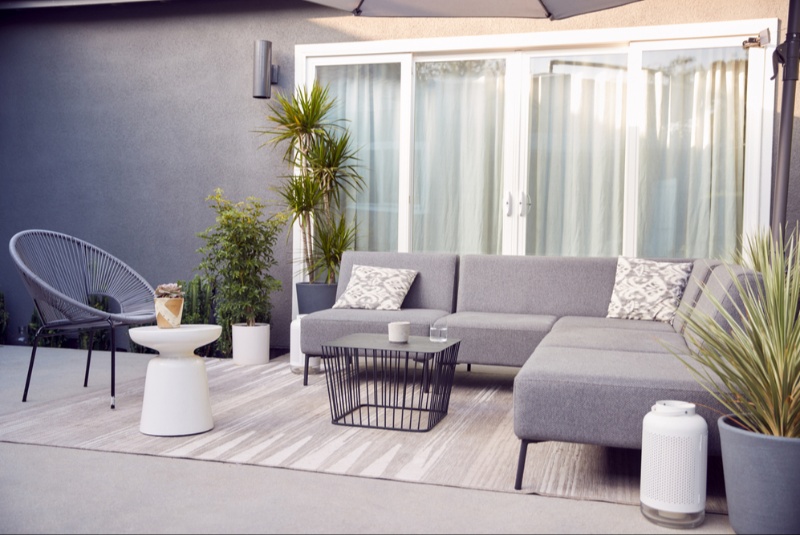In the culinary world, the quality of your cookware can significantly affect the outcome of your dishes. Smart shopping for cookware requires understanding more than just the most persuasive marketing—it involves considering your cooking style, the types of food you frequently prepare, and your stove type. This comprehensive guide delves into the essentials of making wise choices when it comes to purchasing cookware.
Understanding Different Materials
Cookware comes in an array of materials, each with its own advantages and drawbacks.
- Stainless Steel: Durable and resistant to corrosion, stainless steel cookware is a popular choice for both professionals and home cooks. Its non-reactive nature makes it suitable for cooking a variety of foods. However, it doesn't conduct heat as evenly as some other materials, often requiring a copper or aluminum core or base to improve heat distribution.
- Cast Iron: Renowned for its heat retention and even heat distribution, cast iron is ideal for slow cooking and searing. While it offers longevity and excellent cooking performance, it requires regular seasoning and is prone to rusting if not properly maintained.
- Copper: Copper cookware offers excellent heat conductivity, allowing for precise temperature control. However, it can react with acidic foods, altering the taste and potentially leaching copper into the food. Many copper pots and pans are lined with stainless steel to mitigate this issue.
- Aluminum: Known for its lightweight and affordability, aluminum conducts heat well. Like copper, it can react with acidic or alkaline foods, which can cause discoloration and a metallic taste. Anodized aluminum is a treated form that is harder, non-reactive, and more durable.
- Ceramic: Ceramic cookware provides a great non-stick surface and is often considered a healthier alternative to traditional non-stick coatings. It’s effective for even cooking and is easy to clean, but it can be prone to chipping and cracking over time.
- Non-Stick: Non-stick cookware is known for its ease of cleaning and requires less oil for cooking. However, it tends to wear out faster compared to other materials, and there are concerns about the health implications of certain non-stick coatings when overheated.
Compatibility with Your Stove
Different cookware bases are suited for different stove types. Flat-bottomed pots and pans are ideal for electric and induction cooktops, providing maximum contact with the heat source. Rounded bottoms, like those of woks, are better suited for gas stoves where the flames can wrap around the cookware.
Size Matters
Choosing the right size of cookware is essential. Consider the number of people you cook for regularly and the portion sizes you typically prepare. Oversized pans can lead to uneven cooking and wasted energy, while undersized pans can cause overcrowding and reduce food quality.
Set vs. Individual Pieces
Buying a cookware set might seem economical, but it often includes pieces that are rarely used. Assess your cooking habits and consider purchasing individual pieces that suit your specific needs. This allows for more customization and potentially better investment in high-quality items that you will use regularly.

Lid Quality
The quality of a cookware lid is crucial for efficient cooking. A well-fitting lid retains heat and moisture, speeding up the cooking process and preserving flavors. Glass lids offer the convenience of monitoring the cooking process without lifting the lid, while metal lids are more durable and retain heat better.
Handles and Grips
Cookware should have sturdy, heat-resistant handles for comfortable and safe use. Ensure that the handles are securely attached, as loose handles can be a safety hazard. For oven use, look for cookware with oven-safe handles.
Sustainability and Health
With an increasing focus on sustainability and health, consider cookware made from recycled materials or sustainable sources. Additionally, be aware of the health implications of different cookware materials and coatings. Look for PFOA-free and PFAS-free non-stick coatings to avoid potential health risks.
Budget and Warranty
Set a clear budget for your cookware purchase, and look for products that offer a good balance of quality and value. A warranty can be an indicator of a product’s durability and the manufacturer's confidence in its cookware.
The Wise Way to Shop: Tips and Tricks
- Research Brands: Research different brands to understand their reputation, quality of products, and price ranges. Established brands often offer better quality and customer service.
- Reviews and Recommendations: Read customer reviews and seek recommendations from friends, family, or culinary professionals. Reviews can provide real-world insights into a product’s performance and durability.
- Test in Store: If possible, handle the cookware in a store. This allows you to assess the weight, balance, and the feel of the handles, which are critical for comfortable cooking.
- Maintenance Considerations: Different materials require different care. Be clear about the maintenance required for each type of cookware and choose materials that fit your lifestyle and cleaning preferences.
Understanding Heat Conductivity and Distribution
Heat conductivity and distribution are critical factors in cookware performance. Materials like copper and aluminum offer high heat conductivity, which allows for quick heating and cooling. Even heat distribution prevents hot spots and ensures uniform cooking, which is a hallmark of cast iron and good-quality stainless steel.
Investing in Versatility
Versatile pieces that can perform multiple functions, such as sauté pans that can go from stovetop to oven, or dutch ovens suitable for both simmering and baking, are valuable additions to any kitchen. This versatility can help you reduce the total number of pots and pans you need, saving space and money.
Consider Specialty Cookware
Depending on your cooking style, consider specialty cookware like griddles for pancakes and tortillas, woks for stir-frying, or a pressure cooker for quick, energy-efficient cooking. While these may not be everyday essentials, they can enhance your cooking repertoire significantly.
Ergonomics and Safety
The ergonomics of cookware is an often overlooked aspect. Consider the weight and balance of the cookware, especially when filled with food. Safety features like cool-touch handles and spill-proof lids can also be important, particularly in households with children.
The Role of Aesthetics
While functionality is paramount, the aesthetic appeal of cookware can also be a consideration. Choose cookware that not only performs well but also complements the style of your kitchen and dining table.
Embarking on the journey to find the perfect cookware is a thoughtful process that goes beyond aesthetic preferences. It involves considering material, durability, compatibility with your cooking range, and many other vital features to ensure a harmonious relationship between the chef and the cookware.
As you step into the market armed with knowledge, remember that the right cookware not only complements your culinary skills but elevates them. Wise, informed decisions will set the stage for delightful and healthy cooking experiences for years to come, allowing you to unleash the master chef in you. So, make informed choices and let your cookware be a testament to your culinary passion and expertise.




